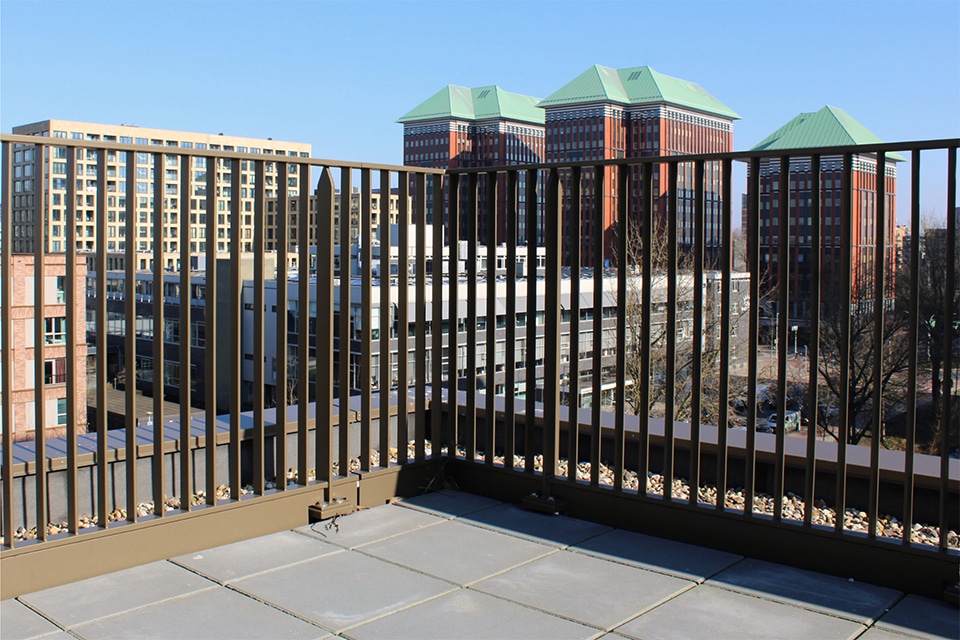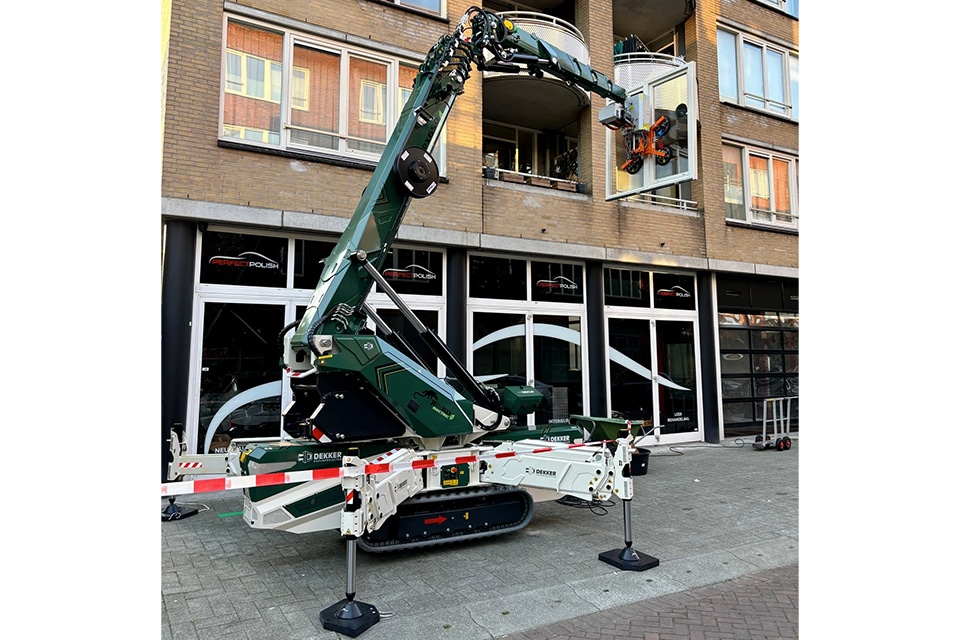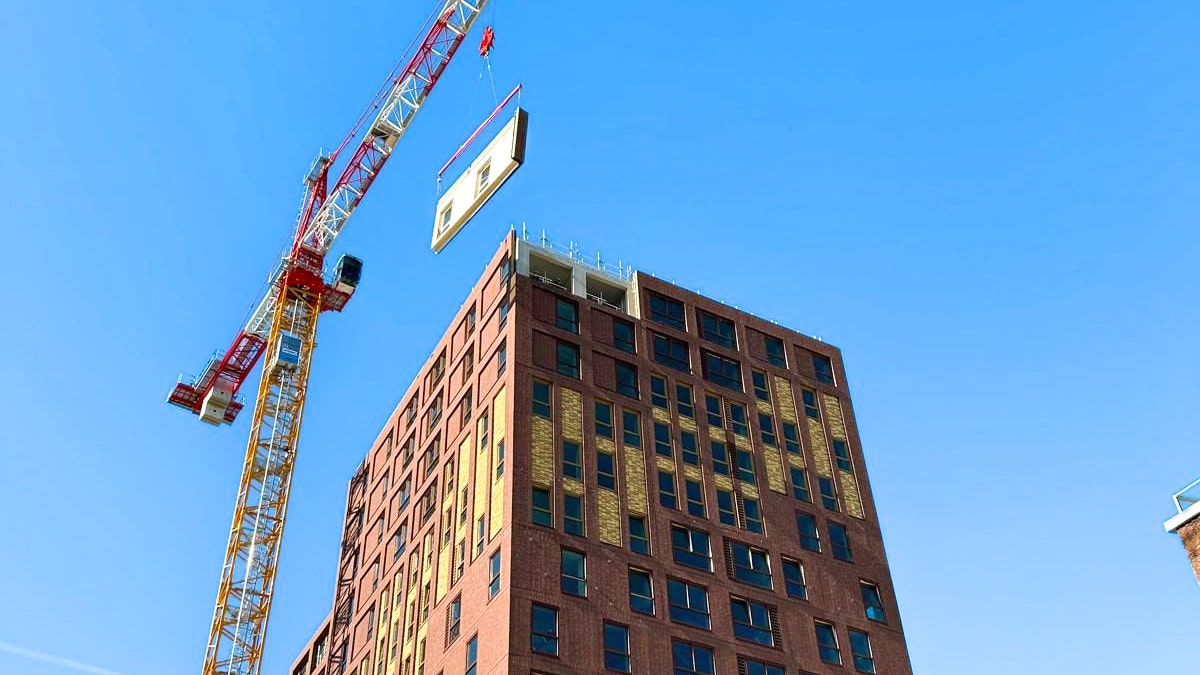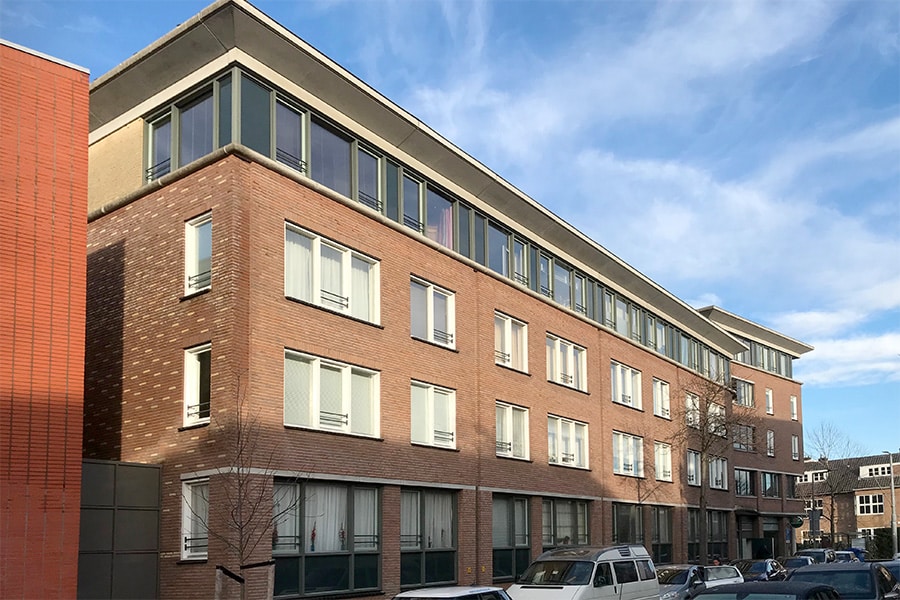
BBN theme meeting 'Smoke control essential for safety'
In a fire, the creation of smoke is directly and indirectly life-threatening. Obviously directly by inhaling it, smoke can injure or kill someone. But indirectly, smoke leads to serious disruption of escape routes in the event of a fire, seriously compromising the safety of people in the building. Controlling smoke in buildings is therefore essential for safety. About how this can be done and what the points of attention are in the design, construction, renovation and management of buildings, Brandveilig Bouwen Nederland (BBN) organizes the theme meeting 'Fire safety through smoke control' on June 18.
Keynote speeches come from Lieuwe de Witte, senior researcher and fire prevention advisor at the Fire Academy (part of the Institute of Physical Safety), who discusses the results of the practical investigation into smoke dispersion in an empty residential care center in Oudewater; Rudolf van Mierlo, senior fire safety advisor at DGMR, answers the question of what you must at least comply with within the new BBL, and Maarten de Groot, director/owner of Altavilla B.V, consultancy for construction project management and fire safety, discusses the current state of smoke control within buildings.
During the theme afternoon there will be a knowledge plaza where visitors can ask their questions directly to the specialists from the BBN product working groups and to the speakers.
Smoke control in a building greatly affects the safety of the people in that building. Building owners and tenants are responsible for the safety of the people in the building. Therefore, the central question of the meeting is: what is the state of smoke control in your building? Other questions to be answered are: what can be learned about smoke spread and its effect on building occupants and emergency responders? How do I see the risk at a time when I can still take measures to reduce it? What technical measures can be taken to prevent the spread of smoke in the building (think of doors, smoke sealing, penetrations but also Smoke and Heat Evacuation Systems (RWA) and positive pressure systems)?
The requirements for smoke control, which have been clarified and more clearly defined with NEN 6075, are discussed. This standard is included in the new BBL, the Building and Living Environment Decree, which will be introduced in 2021. What these requirements mean, what they mean for safety risks and why they are already being applied now are discussed. The NEN 6093, Assessment of Smoke and Heat Discharge Systems, is currently being revised.
The meeting starts on June 18 at 12:30 p.m., ends at 5 p.m. and is intended for everyone involved with fire safety: from fire safety consultants to building owners. The purpose of the meeting is to create awareness of the importance of smoke control for occupant and rescuer safety.
Learn more: www.bbn.nu
BBN
The association Brandveilig Bouwen Nederland (BBN) is the expert in the field of building fire prevention, also called 'passive fire safety'. The association aims to increase the fire safety of buildings by applying fire-safe building materials that qualitatively exceed the (minimalist) criteria of the regulations.




